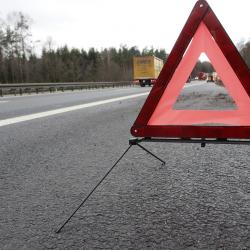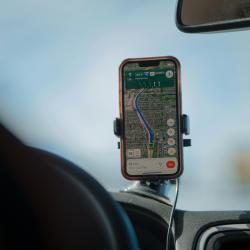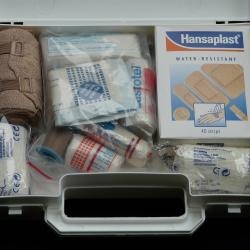How to Stay Safe on Long Road Trips: Essential Tips
Long road trips can be an exciting adventure, whether you’re embarking on a cross-country journey or exploring scenic backroads. However, safety should always be a priority to ensure that your trip is enjoyable and free of preventable incidents. Here are some essential tips to help you stay safe on your next long road trip.
Prepare Your Vehicle
1. Conduct a Thorough Vehicle Check
Before hitting the road, ensure that your vehicle is in optimal condition. Check the oil, coolant, brake, and transmission fluid levels. Inspect the tires for proper inflation and tread wear, and ensure that the spare tire is in good condition. Additionally, test the lights, brakes, and windshield wipers.
2. Pack an Emergency Kit
Having an emergency kit can be a lifesaver. Include items such as a first-aid kit, flashlight, batteries, jumper cables, basic tools, bottled water, non-perishable snacks, blankets, and a reflective triangle. If you're traveling in wintry or remote conditions, consider adding sand or cat litter for traction, and extra clothing layers.
Plan Your Route
3. Map Out Your Route
Familiarize yourself with your route ahead of time. While GPS technology is incredibly useful, having a physical map as a backup can be invaluable should you encounter areas with poor reception or dead zones.
4. Schedule Regular Breaks
Plan to stop every couple of hours to stretch, rest, and rejuvenate. Fatigue at the wheel can be dangerous, so it's crucial to take frequent breaks to avoid drowsiness and maintain focus.
Stay Alert and Well-rested
5. Get Adequate Rest Before Travel
A good night's sleep before embarking on your journey is vital. Starting your trip feeling well-rested can significantly reduce the risk of fatigue while driving.
6. Stay Hydrated and Well-fed
Proper hydration and nutrition are essential for maintaining energy levels and focus. Dehydration and hunger can lead to decreased concentration and slower reaction times.
Practice Safe Driving
7. Obey Traffic Laws
Adhere to speed limits and all road signs. Remember that speed limits are set for ideal conditions; adverse weather may necessitate slower speeds.
8. Avoid Distractions
Keep your attention on the road at all times. Utilize hands-free technology if you need to make calls, and avoid texting or engaging with mobile devices while driving.
9. Adapt to Weather Conditions
Check weather forecasts along your route and be prepared to adapt your driving accordingly. Rain, snow, or fog require increased stopping distances and slower speeds.
10. Share the Drive
If possible, travel with another licensed driver and take turns driving. This allows both drivers to rest and reduces the risk of fatigue.
Technology and Connectivity
11. Ensure Your Phone is Charged and Functional
A reliable phone is crucial for navigation and emergency situations. Keep a charger in the vehicle and consider an external battery pack for added assurance.
12. Share Your Itinerary
Let friends or family know your route and estimated arrival times. Regular check-ins can provide peace of mind for you and your loved ones, ensuring someone knows your whereabouts in case of emergencies.
Final Thoughts
Long road trips offer a wonderful opportunity to experience new landscapes, cultures, and destinations. By staying mindful of safety and preparing thoroughly for your journey, you can maximize the enjoyment of your adventure while minimizing risks. Safe travels!






















